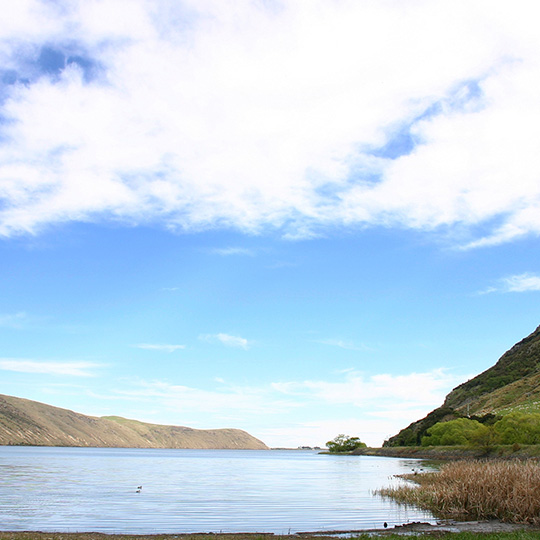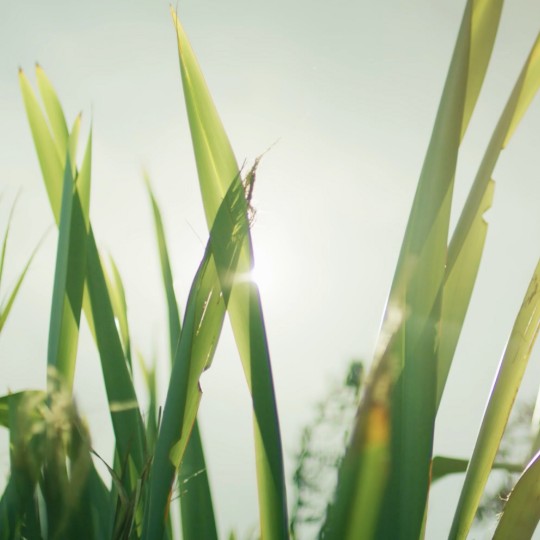

Near River Recharge.
The global climate models indicate that Canterbury is likely to experience an overall increase in drought across the region over the next 20 years. Modelling shows we will experience more frequent, and potentially more severe, droughts through a combination of higher than average temperatures, reduced average rainfall, and greater variability of rainfall.
Without interventions now, waterway quality and quantity will be impacted. Halting the decline in Canterbury’s waterway biodiversity, and sustaining it into the future, is of vital importance.
The Waikirikiri/Selwyn Near River Recharge project is a multi-million-dollar scheme to enhance cultural, environmental, and recreational values in the region by discharging clean Rakaia River water into the groundwater system near the Waikirikiri/ Selwyn River during dry periods. This is believed to be the largest capacity Near River Recharge project in the world – specifically focused on the protection and enhancement of cultural, environmental, and recreational objectives.
Replenishing and Sustaining Ecology.
The project aims to replenish clean river water in the groundwater system near the Waikirikiri / Selwyn River during dry periods. The application of water to the ground surface does not result in the direct mixing of waters from different catchments and has been assessed against Papatipu Rūnanga values. The soils, gravels and plant roots effectively filter the water, like a wetland water filtration system.
Aiming to increase groundwater levels and flows in the Waikirikiri / Selwyn River and Hororata River during dry periods, creating a better habitat for Canterbury mudfish Kōwaro – the most threatened of New Zealand’s mudfish species and considered a taonga species.
The edges of the recharge basin have also been planted with native seedlings and plant species to encourage native birds to nest nearby.
Engaged Stakeholders: A recipe for success.
As a core component of the Canterbury Water Management Strategy, the project was recommended by the Selwyn Waihora Water Zone Committee and included in their Zone Implementation Programme Addendum in 2013. The Near River Recharge project cost around $2.8 million and was funded by Environment Canterbury and the Ministry for the Environment’s Freshwater Improvement Fund, with CPWL providing in-kind support.
In September 2020 representatives from Environment Canterbury, Taumutu Rūnanga, Selwyn Waihora Water Zone Committee, CPWL, Department of Conservation (Te Papa Atawhai), project contractors,and the Selwyn District Council joined project leaders and students from Greendale School to mark the official opening of the Waikirikiri / Selwyn Near River Recharge Project.
Harnessing water from a high-pressure pipe connected to the Rakaia River through the CPWL scheme, the water enters a purpose-built valve house, where the flow is regulated before being discharged into a sizeable and permeable basin. At the far end of the basin, an overflow channel allows water to percolate into the groundwater system, recharging the aquifer and eventually reappearing in the springs in the lower Hororata River – and the lower Waikirikiri / Selwyn River, enhancing flow at the Chamberlains Ford and Coes Ford recreation areas.
Living Laboratory.
Beyond its environmental impact, the project demonstrates a deep commitment to ecological restoration. Lizard-friendly rockpiles have been established at the project site, fostering thriving habitats.
Students from Greendale School have adopted the Near River Recharge project as a Living Laboratory through Enviroschools, and have planted a native forest on location. Principal Bronwyn Harding says it is a wonderfully rich, real-life learning opportunity for Tamariki. “It provides an opportunity to explore kiatiakitanga/stewardship and to develop an understanding of the importance of biodiversity.”




